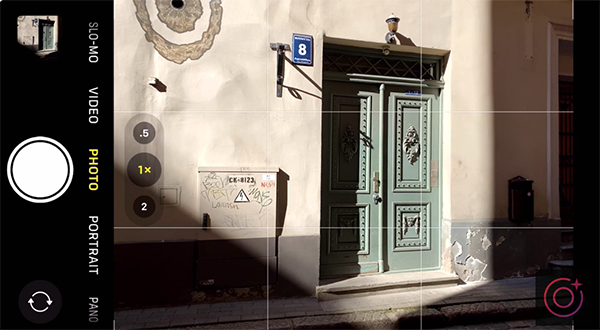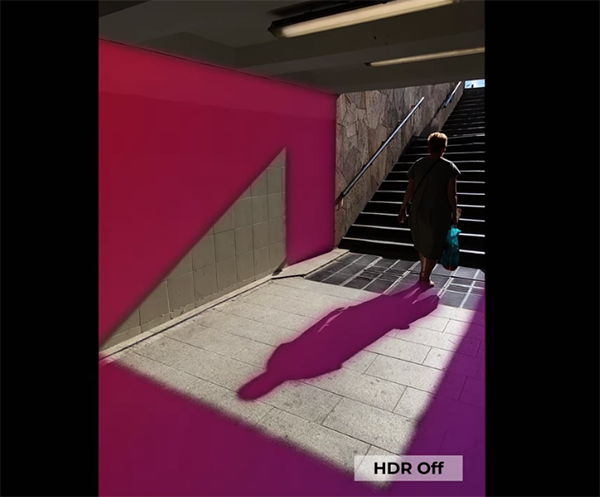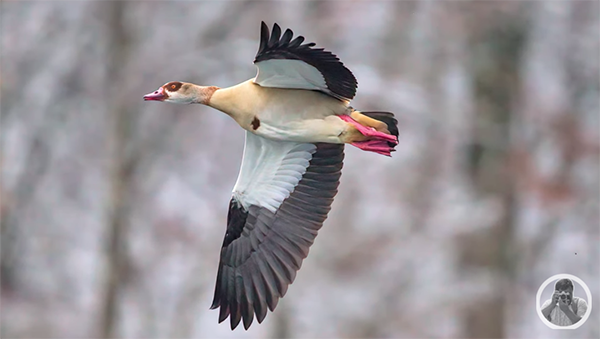iPhone Exposure Tricks You Need to Learn Now (VIDEO)
You may be super accomplished when shooting with a camera, but what about when a great opportunity arises and all you have is the iPhone in your pocket? Sure you can grab a few acceptable snapshots, but wouldn’t you rather capture compelling photographs instead?
This challenge occurs for a number of reasons, including a smartphone’s inconvenient form factor and the fact that some camera centric controls aren’t where you expect them to be. This episode from the iPhone Photography School explains several essential exposure tricks and techniques that you should understand today.
Founder Emil Pakarklis kicks off the 19-minute lesson with this: “Getting the exposure just right is crucial for capturing photos with stunning detail. But did you realize that exposure can also be a powerful creative tool to produce truly unique images?” If not, you’re in for a treat.

Pakarklis begins by quickly reviewing the concept of “dynamic range,” specifically with regard to mobile photography. One consideration that’s important to keep in mind is that the human eye is far better at “processing” a full range of tones from white to black, than is the mall sensor in a phone—especially when shooting in high-contrast situations. Here he begins by disabling the phone’s HDR setting.
One of Pakarklis’ mobile photography goals is to capture images with unique highlights and shadows, and he demonstrates how to adjust Exposure Compensation on an iPhone to make the most of whatever difficult lighting conditions you may confront.
Skillful composition is essential for all styles of photography, and Pakarklis has some solid tips for dealing with the inconvenient shape of a smartphone when framing up your shots. In this regard he provides helpful advice for experimenting with different shooting angles and vantage points to make images with a unique flair.

Pakarklis discusses several methods for dealing with exposure situations that are particularly challenging—just like you’d do with a mirrorless camera or DSLR. Also on the agenda are the benefits of locking focus and exposure, how to emphasize dramatic shadows, and much more.
Bottom line: Spectacular mobile imagery is well within your reach by following the straightforward advice that Pakarklis provides. By doing so you’ll quickly realize that a modern iPhone is a “real camera” after all. And there’s much more to learn by paying a visit to the popular iPhone Photography School YouTube channel.
Be sure not to miss the tutorial we featured recently with a very accomplished street shooter who reveals three photography mistakes that may be holding you back and how to correct them fast.









